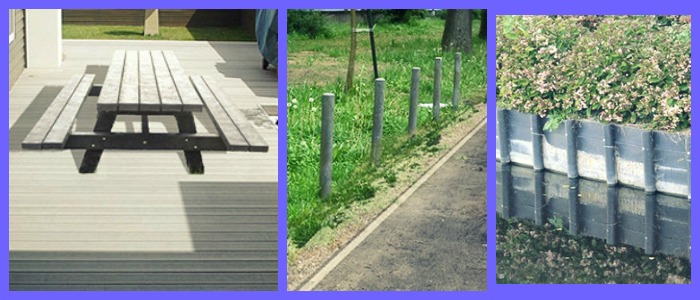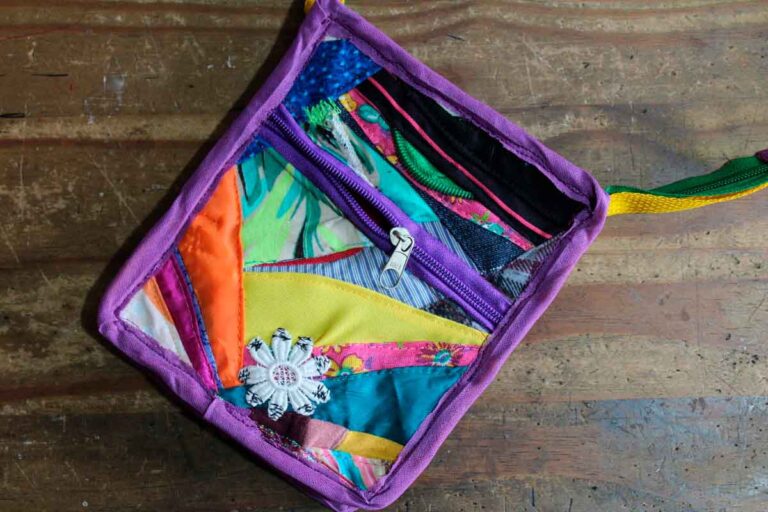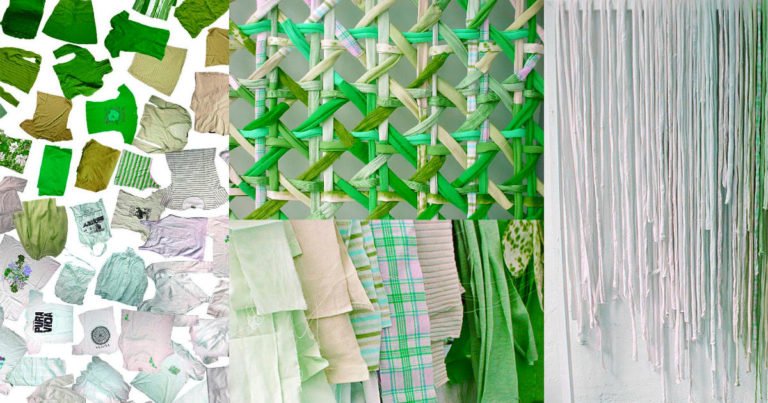Advertisements
A textile wood has stood out as an innovative solution to the challenges of fabric recycling and plastics. Sustainability has become a growing priority in several sectors, and textile wood has emerged as an ecological and creative alternative to the use of conventional wood. In this post, we will explore the concept of textile wood, its environmental impact and the possibilities it offers for fabric recycling and plastics.

Current Scenario of Textile and Plastic Recycling
A fabric recycling faces several obstacles, mainly due to the low recovery rate of leftovers from the textile industry. Discarded fabrics often end up in landfills and dumps, where they contribute to environmental pollution. When these fabrics decompose, they act like sponges, absorbing leachate — a highly contaminating liquid resulting from the decomposition of organic matter. This leachate, when not treated properly, can contaminate soil and groundwater, creating serious environmental problems.
Furthermore, plastic bags are another environmental challenge. Despite their practical utility, they are often discarded after a single use and are very lightweight, which makes them easy to transport by wind and accumulate in oceans and bodies of water. This problem is compounded by the difficulty of recycling plastic bags, which often end up in landfills, where they can take hundreds of years to decompose.
The Solution: Wootex, Textile Wood
Innovation comes with Wootex, a revolutionary way of fabric recycling that combines old fabric waste with plastic bags to create a durable and sustainable material. Developed by Vive Group, one of the largest fabric recycling companies in Europe, Wootex solves the problem of very dirty, moldy or stained fabrics that cannot be sold or reused in the conventional way.
The unique and patented process for creating Wootex combines recycled plastics with old fabrics, resulting in a material that has the desirable qualities of wood, but with the added benefit of being lighter and softer to the touch. Unlike conventional plastic woods, Wootex combines the strength of plastic with the flexibility of fabric, offering a robust and environmentally friendly solution for a variety of uses.
Features and Benefits of Wootex
Wootex has several features that make it an excellent sustainable alternative. Among the main benefits, the following stand out:
- Strength and Durability: Like plastic wood, Wootex is resistant and does not splinter, rot or absorb moisture. Its durability is greater than that of conventional wood and does not require painting or varnishing, reducing the need for maintenance.
- Weather Resistance: Wootex is weatherproof, making it ideal for outdoor use and for applications that require resistance to different weather conditions.
- Lowest Weight: Compared to traditional wood, Wootex is lighter, making it easier to handle and install.
- Sustainability: By using textile and plastic waste, Wootex makes a significant contribution to reducing waste and combating environmental pollution.
Wootex Applications
Wootex can be used in a wide range of products and structures. Common applications include:
- Furniture: Benches, tables and picnic tables are some of the items that can be produced from Wootex. These pieces of furniture are not only functional, but also sustainable, using recycled materials and helping to reduce environmental impact.
- Infrastructure: Wootex is ideal for creating posts, stakes and beams, replacing conventional wood in construction and landscaping projects.
- Interior Design: The material can also be used in interior design projects, providing a sustainable option for finishes and furniture.
The Textile Recycling Revolution
Turning old clothes and plastic bags into textile wood is an innovative idea that represents a significant advance in fabric recycling. This process not only solves the problem of improper waste disposal, but also reduces the need for logging, helping to preserve natural resources and combat deforestation.
Wootex exemplifies how fabric recycling and plastics can be used to create useful and durable products. By adopting this technology, companies and consumers can contribute to environmental preservation and promote a circular economy, where waste is transformed into new products.

Textile wood, exemplified by Wootex, offers an innovative and sustainable solution for fabric recycling and plastics. By combining textile waste and plastic bags, this material provides an effective alternative to conventional wood, with significant benefits for the environment and the economy.
The advancement in technologies fabric recycling Wootex is a clear example of how creativity and innovation can transform environmental challenges into sustainable opportunities. May initiatives like this be widely adopted, contributing to a greener and more responsible future.
Sources and References
For more information about Wootex and fabric recycling, visit the Vive Group website and explore how technology is changing the future of waste management and environmental sustainability.
Check out other interesting facts about recycling clicking here.
Learn how to make art by recycling, Click here.




The website and all the content presented are very interesting! I am a Social Worker and I really value the recycling process, particularly that of fabrics, as I cannot find a practical alternative, such as the one presented, for disposing of this type of waste here where I live.
I am a Sales Representative, with extensive experience in fabrics, and this “NEW” type of recycling caught my attention. I would like to see more information about it. Who doubts that there is not a vein for new times?
I look forward to your new information.
It sure is an excellent use, isn't it? For now, that's what I've found, but I'm keeping an eye out for new articles on the subject.
Good morning, we are a clothing manufacturer in Tubarão, SC, and the scraps are a problem to dispose of. I would like to contact the wood factory using leftover fabrics as raw material.